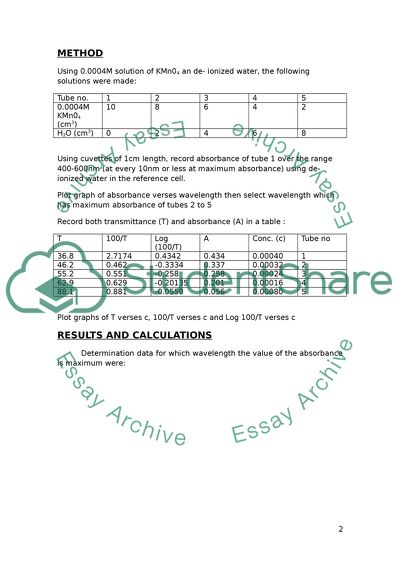Cite this document
(The Beer-Lambert Law Lab Report Example | Topics and Well Written Essays - 1854 words, n.d.)
The Beer-Lambert Law Lab Report Example | Topics and Well Written Essays - 1854 words. Retrieved from https://studentshare.org/chemistry/1791078-lab-report-beer-lamber-law-titration-and-protien
The Beer-Lambert Law Lab Report Example | Topics and Well Written Essays - 1854 words. Retrieved from https://studentshare.org/chemistry/1791078-lab-report-beer-lamber-law-titration-and-protien
(The Beer-Lambert Law Lab Report Example | Topics and Well Written Essays - 1854 Words)
The Beer-Lambert Law Lab Report Example | Topics and Well Written Essays - 1854 Words. https://studentshare.org/chemistry/1791078-lab-report-beer-lamber-law-titration-and-protien.
The Beer-Lambert Law Lab Report Example | Topics and Well Written Essays - 1854 Words. https://studentshare.org/chemistry/1791078-lab-report-beer-lamber-law-titration-and-protien.
“The Beer-Lambert Law Lab Report Example | Topics and Well Written Essays - 1854 Words”, n.d. https://studentshare.org/chemistry/1791078-lab-report-beer-lamber-law-titration-and-protien.


